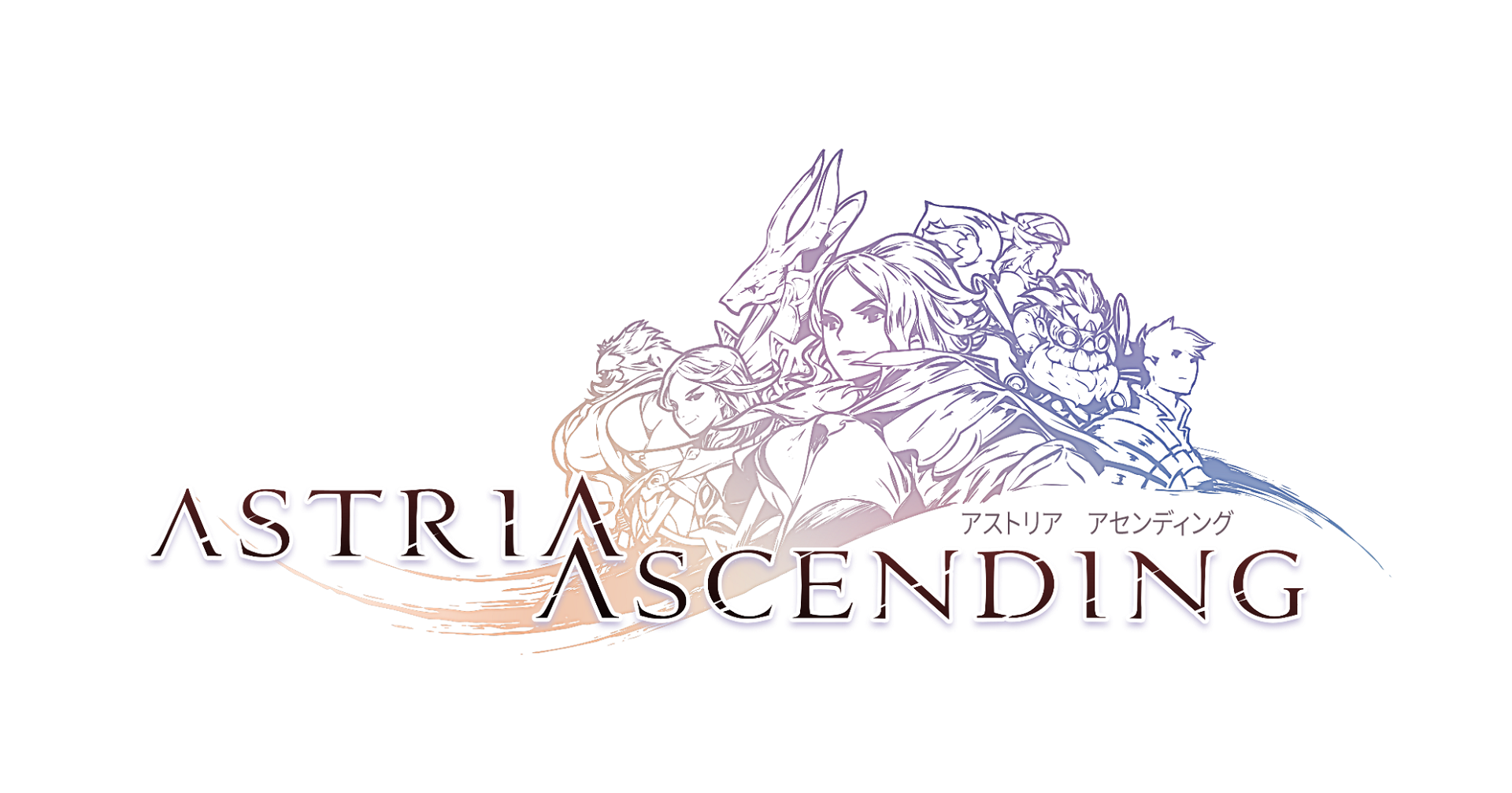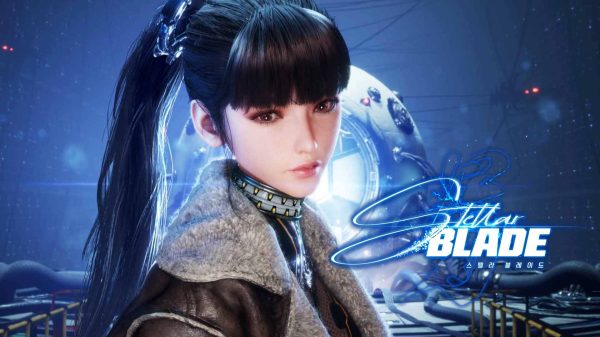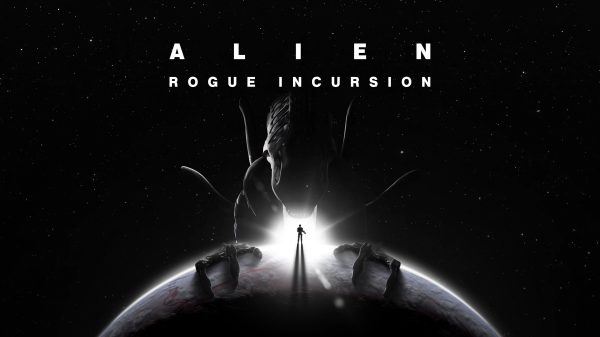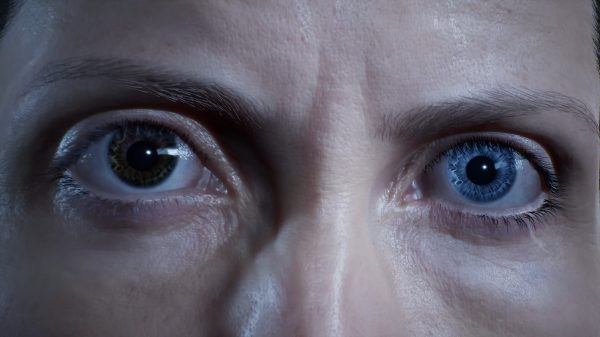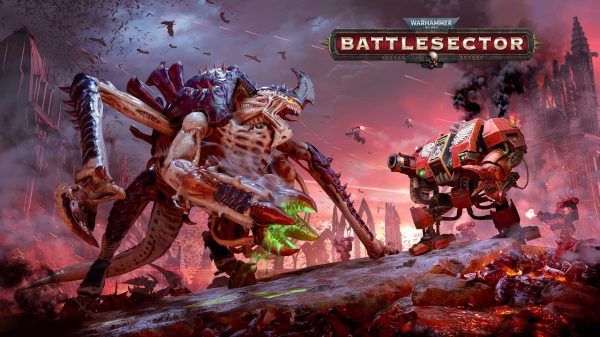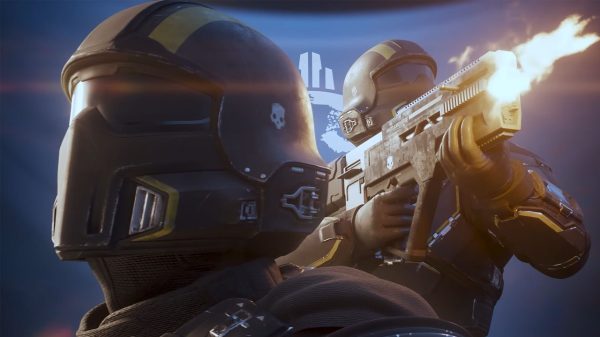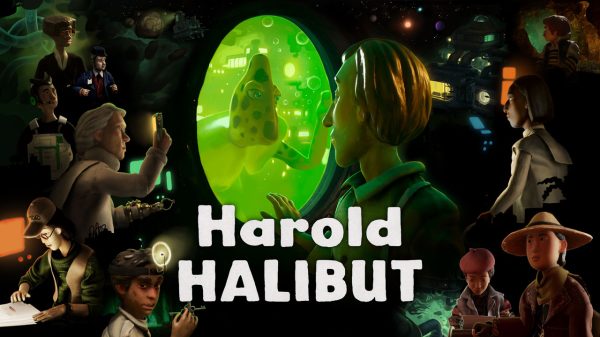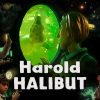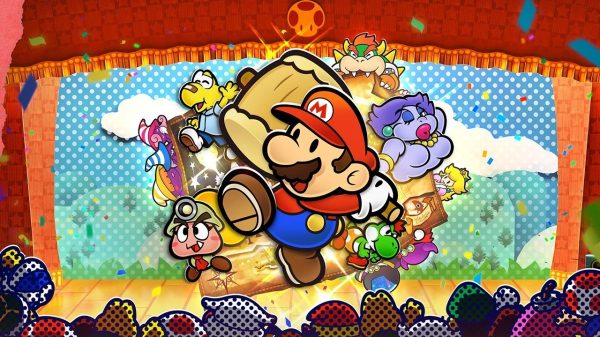With a nod and lascivious wink to Vanillaware greats Odin Sphere and Dragon Crown, Astria Ascending wears its vanilla, old-school JRPG influences proudly. Gameplay draws from the traditional JRPGene pool of the earliest half dozen Final Fantasy titles, making for a pickup and play experience for anyone familiar with the genre.
Light on story, we are immediately introduced to the 333nd Demi-God squad in their Avengers Harmony tower. These protectors of the world of Orcanon are souped-up, ascendent representatives of various races that live in Harmony. This game loves its light and fluffy hero tropes, as well as a capitalised virtue noun for purely stylistic purposes. The light-hearted brushstrokes across this picture book canvas highlight some very odd writing choices resulting from these heroes coming to terms with their near-imminent predetermined death date. Unravelling the meandering, uneven plot and paper-thin character development do little more than distract from what is otherwise a frustratingly authentic old-school JRPG with at least enough presentation flair to register a glance amongst this year’s crowded roster.
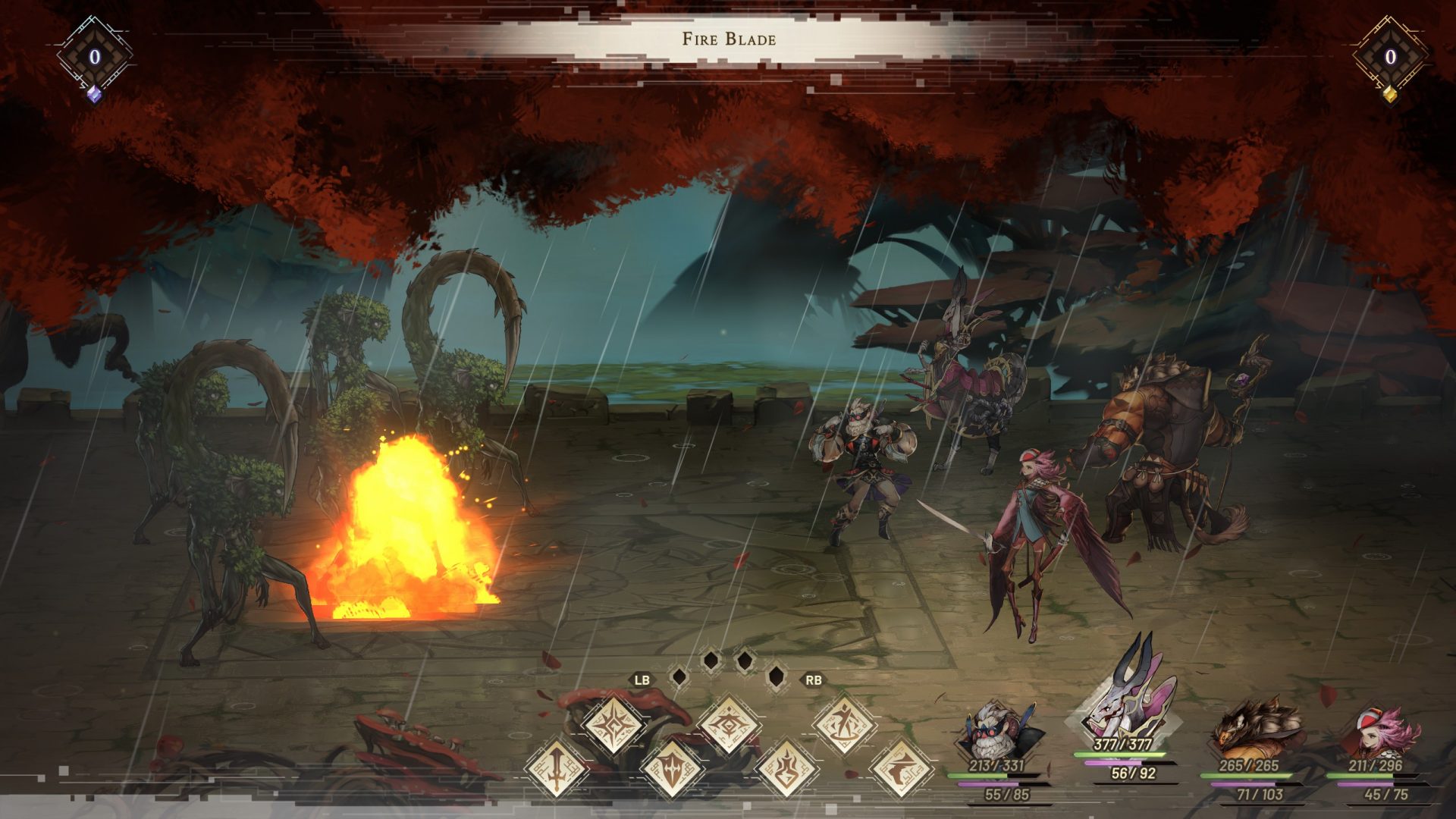
Small touches like weather and lighting effects in battle elevate Astria Ascending’s visual identity
Discovering the visual allure of the painted world of Orcanon and its many diverse biomes, sentient species, and monsters are the greatest strengths of Astria Ascending. I love that you ride a Fedorah[sic], a panther Pegasus-type creature, to travel to each locale on the linear main quest path, welcomed with an outstanding new serenade that sets the tone of the environment. Each new town has a depth of visual information that builds its world through sheer 2D spectacle. Just don’t expect to be able to interact with much of it aside from interacting with a few NPCs that dump small talk on you or perhaps contribute to a quest chain.
Sadly, this visual information disappears when exploring dungeons. The 2D areas are often connected to the hub city of the region and represent a wild area of encounters with enemies that can be identified as floating blue orbs. The dungeon maps themselves lack any visual signposting and progress is never as simple as moving from one side of the screen to another.

Squats are the ONLY exercise in Orcanon
The dungeons contain multiple pathways that are layered on top of one another, with all locations of a dungeon looking vaguely indistinguishable. Worse still, the map frequently misrepresented my orientation and environmental signposting is nearly non-existent. Some puzzles and abstract objects will block progress, with the game then forcing players through some light platforming and a bare attempt at Metroidvania power-ups to try and spice up what are otherwise some dang dull dungeons. If the game thinks you’re going to miss a platform jump and fall into oblivion, it doesn’t even wait for the ‘fall’ before launching you back to safety.
A treat for the ears is the soundtrack which took me back to Final Fantasy XII. There are no missteps on the soundtrack of such a scale that I’m surprised it has graced a title as humble as this. It is only now as I write this review that I have discovered that the composer of FFXII is responsible for this score that adds the heart and thrill that the action of this game so often lacks.

The outstanding set dressing extends to the simply gorgeous menus
As an epic JRPG narrative about a group of powerful individuals representing and protecting the various civilised communities of Orcanon is where the watercolours begin to blotch and run. They are a coalition of whingy, fantasy super cops with each character having one sole ambition and complication – a complaint I had with the party dynamic of Octopath Traveller. Whether main plot or side quest, the complete reliance on dialogue to indulge the characters, develop the world and move the plot forward is something of a failure for various reasons. Firstly, the main plot is plodding. One would think that with three months to live, these individuals would operate with a sense of urgency or even purpose. Whether lizard, merfolk, or vanilla human, the folks of the 333rd are just a glorified police force mopping up trespassing monsters, or ‘Noise’ wherever they might show. Some malevolent hood-wearing, string-pulling entities emerge later, but by the time they do any timely narrative hooks have long been snagged on the rocks.

Birdboy got a little too high
I want to start a riot, so let’s talk turn-based JRPG combat. Like the bread-and-butter Final Fantasy of old, the hot-swappable party of eight will have four player-controlled characters in a 2D face-off at any time. There is no turn order marker visible, and players will guess what characters will take turns in what order and will forever be reactive when enemies get to take their unpredictable turn. It’s an awful and odd choice to hide tactical information like turn order completely in the backend and show no record indicating whatsoever of what characters have had a turn or is pending. There is no event log or information to aid the player in what is supposedly a strategic combat system.

Have fun figuring out which of these seven pricks will attack in which order…
Like most elements of this game, combat emphasises form over function to a shocking degree. Everything looks pretty and sounds nice, but the grind and lack of information given to players sets up a bad faith proposition for those willing to invest the necessary dozens of hours required to start navigating the marginally interesting yet derivative job system. Even the job system ends up locked behind story progress, requiring finite ‘seals’ like in recent Fire Emblem games to actually start building your own party. The critical path bottlenecking affects most side quest chains. Side quest chains started in early chapters can often only progress negligibly over the course of chapters. I had examples of side quests that I could only continue a dozen hours later, with no log or ability to reacquaint myself with why I was trying to find some barely-clothed, impossibly buxom cat-girl’s hairpin. Context is a fleeting concept in Astria Ascending.
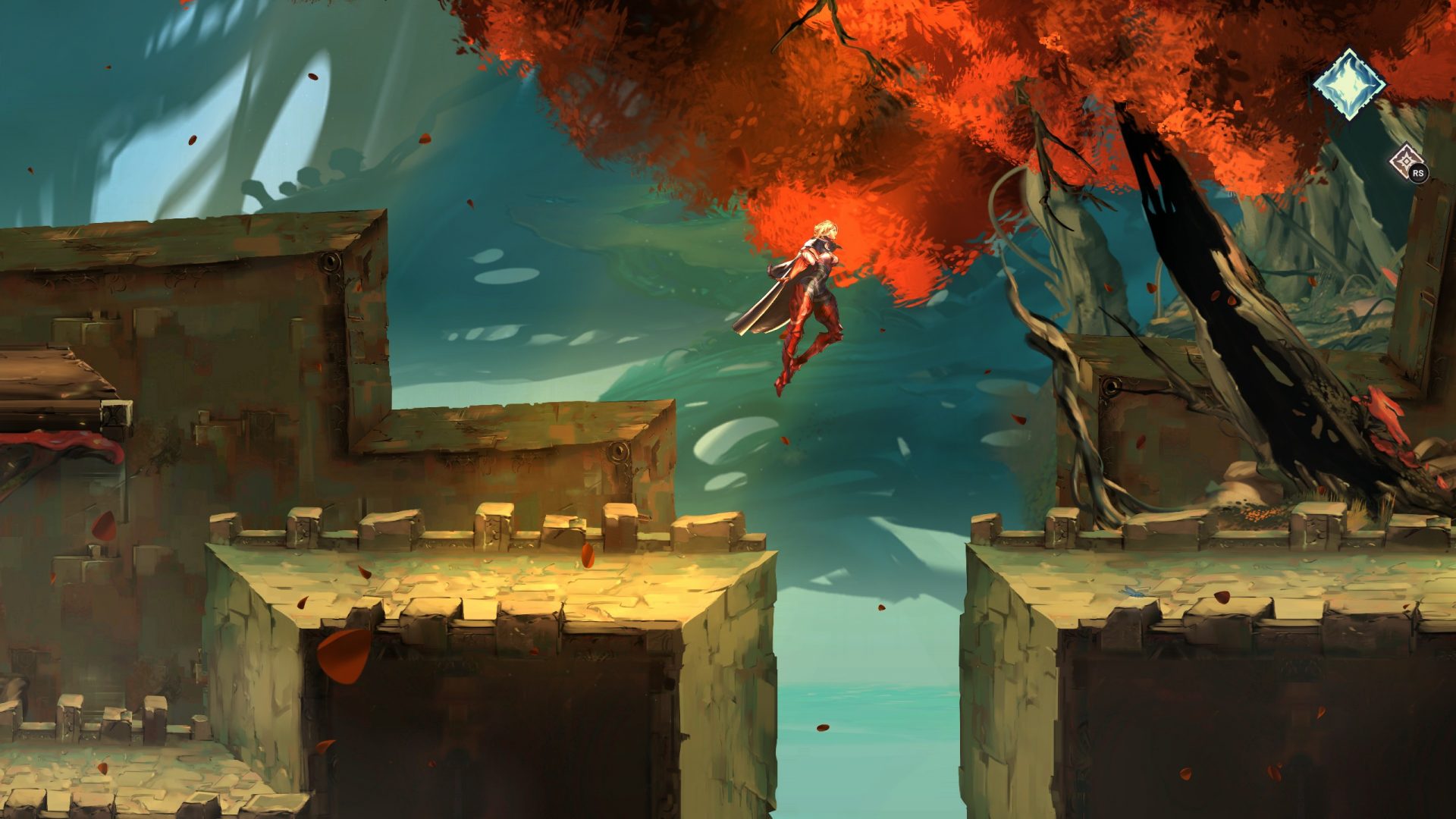
Despite the promise of more attractive vistas, the platformer-lite dungeons are a missed opportunity
I agonise over the spiking difficulty with each boss, the lack of information given to the player outside of using ‘scan’ abilities often means a few unfair deaths before the dance really begins. Other times I had to gnash my teeth and go grind some achingly slow fights or run out of patience and flick the difficulty to easy. Luckily there is a suite of options that can tweak encounter frequency and some visual information, such as where treasure chests are or turning off enemy respawns in dungeons. Rather than fixing the game, they seem like band-aid solutions for avoiding the slow back-and-forth of basic combat. Showing chests is recommended to have some vague point of reference on the otherwise contextless map. Yet there is no healing balm for the slow combat animations, no speed toggle or party auto-battle. One saving grace is that with each new area comes the initial surprise of visually impressive monsters, but outside of bosses and set encounters they will effectively have the same attack animations and behaviours as what you’ve previously fought.
Final Thoughts
If you want to experience something of a subgenre whiplash, I highly recommend playing last month’s phenomenal Tales of Arise (link) followed by this game. Two extremely different flavours and budgets, only one of which is a barely alive carcass kept reanimated to appease the purists. The longing for nostalgia is why we have games such as prettied-up throwbacks like Octopath Traveller and Bravely Default. If you like either of those, Astria Ascending’s shortcomings may be forgiven.
Reviewed on PC // Review code supplied by publisher
Click here for more information on WellPlayed’s review policy and ethics
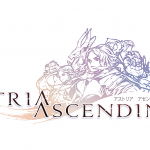
- Artisan Studio
- Dear Villagers
- PS5 / PS4 / Xbox Series S|X / Xbox One / Switch / PC
- October 1, 2021








